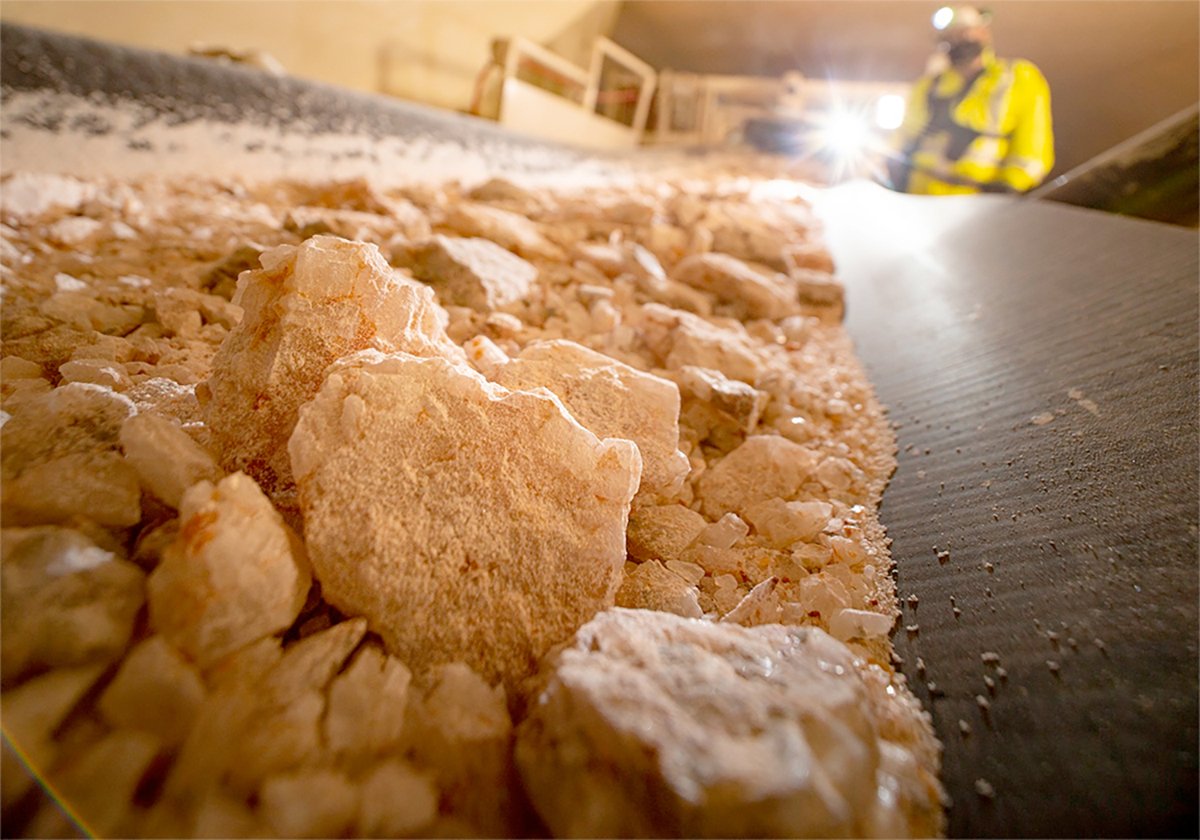EDMONTON – Any future BSE aid program should include a floor price to prevent the bottom from falling out of the cattle market as it did with the first federal and provincial BSE assistance, said Alberta’s auditor general.
“In the future they’re going to have to accommodate a floor price,” said Fred Dunn Aug. 3 when he delivered his 100-page report on the Alberta government’s BSE assistance.
Not only did the lack of floor price drive prices to historic lows as producers rushed to claim the $460 million program, but its poor design cost the federal and Alberta government more, said Dunn.
Read Also

Saskatchewan looks to expand trade in Indonesia
Saskatchewan intends to increase its agricultural partnership with Indonesia.
The idea of a floor price has been discussed before. Last fall, the newly formed Alberta Beef Industry Council called for a temporary floor price to help stabilize cattle prices.
A stabilizing mechanism is still needed, said feedlot operator Tony Saretzky, a member of the beef industry council.
Saretzky doesn’t care if a floor price takes the form of an inventory control program, a basis price using American cattle prices or a perpetual set-aside program, but something is needed to prevent calf prices from collapsing this fall.
“We have to have some form of stabilizing price mechanism,” said Saretzky.
Others aren’t so sure.
Darcy Davis, vice-chair of Alberta Beef Producers, said the real problem is a lack of slaughter capacity.
“(A floor price) isn’t going to solve the problem. The problem is we’ve got too many cattle at the same time coming to market,” he said.
Arno Doerksen, chair of Alberta Beef Producers, said the industry has discussed how to manage this fall’s anticipated wall of calves coming to market.
“It’s a very difficult situation. We realize we have an oversupply of cattle and typically it’s the dynamic of the market that determines whose cattle sell when,” said Doerksen. “We’re working with industry partners to try to find ways of bringing the price up, but it’s very difficult to do when you have an oversupply.”
Alberta agriculture minister Shirley McClellan does not favour a floor price, but said she will take the idea to the legislature if the cattle industry wants it.
“This beef industry has never, ever, ever in its history wanted government intervention or that type of thing,” she said.
“So the question is, if you do this, do it very carefully. Do you just go into it and out of it? It doesn’t work that way. If the border opens tomorrow, is this still appropriate?”
McClellan believes a floor price will discourage introduction of more slaughter capacity.
The provincial Liberal and New Democrat leaders believe a floor price or price pegged to the American cattle price, is essential in any future program.














